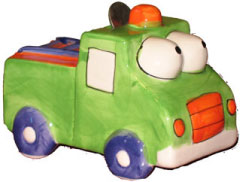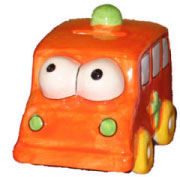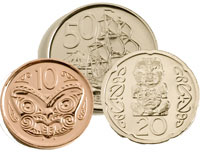
 |
|
|
|
Saving, Spending and Returning Old Coins |
||||||||||||||||||||||||||||
Savings and Spending |
|
Where do I get money from? |
|
|
- regularly
|
|
|
- sometimes
|
|
- on special occasions
|
|
|
|
How much money do I have to spend each (week or month)?
|
|
|
|
What do I spend my money on?
|
|
|
|
How and where I save money?
|
|
|
|
What I do with the money I save?
|
Have the students share as much information as they want to about:
where they receive money from
if they have a bank account and how they use it
if the money they receive comes as notes and coins or if some is paid into a bank account
who might give them coins
what sort of shops they spend their money in
if they spend money at a $2 shop and why or why not
why they think $2 shops are successful
how much of the money they receive they save
how they save money - do they have a money box or a place where they store their notes and coins, or do they save it in a bank account
if they donate any of their money to a charity or elsewhere.
Some people have an expression 'take care of the pennies and the pounds will take care of themselves'. This is a pre-decimal currency expression when we used pounds and pennies. It could be translated as 'if we take care of the cents the dollars will take care of themselves'.
There is another expression ‘penny wise - pound foolish’.
Ask your students what they think the expressions mean and decide whether they are:
more of a spender or a saver
are able to save up for a big item they want to buy or if they are more likely to spend money as soon as they get it


Ask the students to describe any money boxes they have or any containers they store coins in.
Your class could make money boxes using paper mache or decorate suitable coin storage containers using decoupage or by varnishing over illustrations drawn by the students.

Discuss what it means to give a donation, the sorts of organisations that people give donations to and what donated money is used for.
Discuss the fact that many charities that have street or house-to-house appeals rely on families and individuals being able to give their 'loose change' or 'silver coins' or small amounts of money to the charity.
Ask the students to name some local or national charities that have had street or 'door-to-door' appeals in their area recently.
Ask the students to work out
how much a charity could gain if every family in your class donated $2, $1, 50 cents or 20 cents. Ask the students if they think it is true that, 'for a charity, every cent counts'.
Explain to the students what the term 'on average' means e.g. some families may have made a bigger donation, some families may have chosen not to donate but the sum raised divided by the 600 houses averaged out at $1.50 per household.
Discuss with the students good places to look at home to find coins that may have got hidden.
Have the students go home and discuss with their family the fact that we need to gather up all the coins in the house and use them or bank them before 31 October 2006.
Families could guess how much hidden and stored money may be in their house and then have a 'coin hunt' to track down any stored or hidden coins. They could decide to buy or do something special with the hidden coins they find.
Encourage your students to get their family to take coin storage containers into the bank before the 'big rush' after 31 July 2006. Remember you need to bank them before 1 November 2006 because you cannot use them in shops after that date. After 1 November 2006 the Reserve Bank in Wellington will exchange them and some banks may also choose to exchange them.
It is estimated that, at any time, a New Zealand household has seven coins per person that are in use, and that the household has 160 coins stored somewhere in the house.
The figures about stored coins is an average figure, with some families having many more than 160 coins stored and some families having few or no stored coins.
The figure of seven coins per person includes everyone in the family, including babies so adults may have more coins in their pockets, wallets or purses.
Discuss with the students opportunities for your class or school to fund raise by collecting old coins. You could set a target and plan an interesting way to encourage families to give their coins. One idea is to provide a large and interesting-shaped container and have everybody put their coins in the container. When it is full have a competition, with a suitable prize, to guess the number of coins in the container.
Some groups have drawn large pictures (with clear outlines) and made the pictures up with coins. A large drawing of a kiwi is a suitable outline shape.

![]()

Hosted by:
![]()